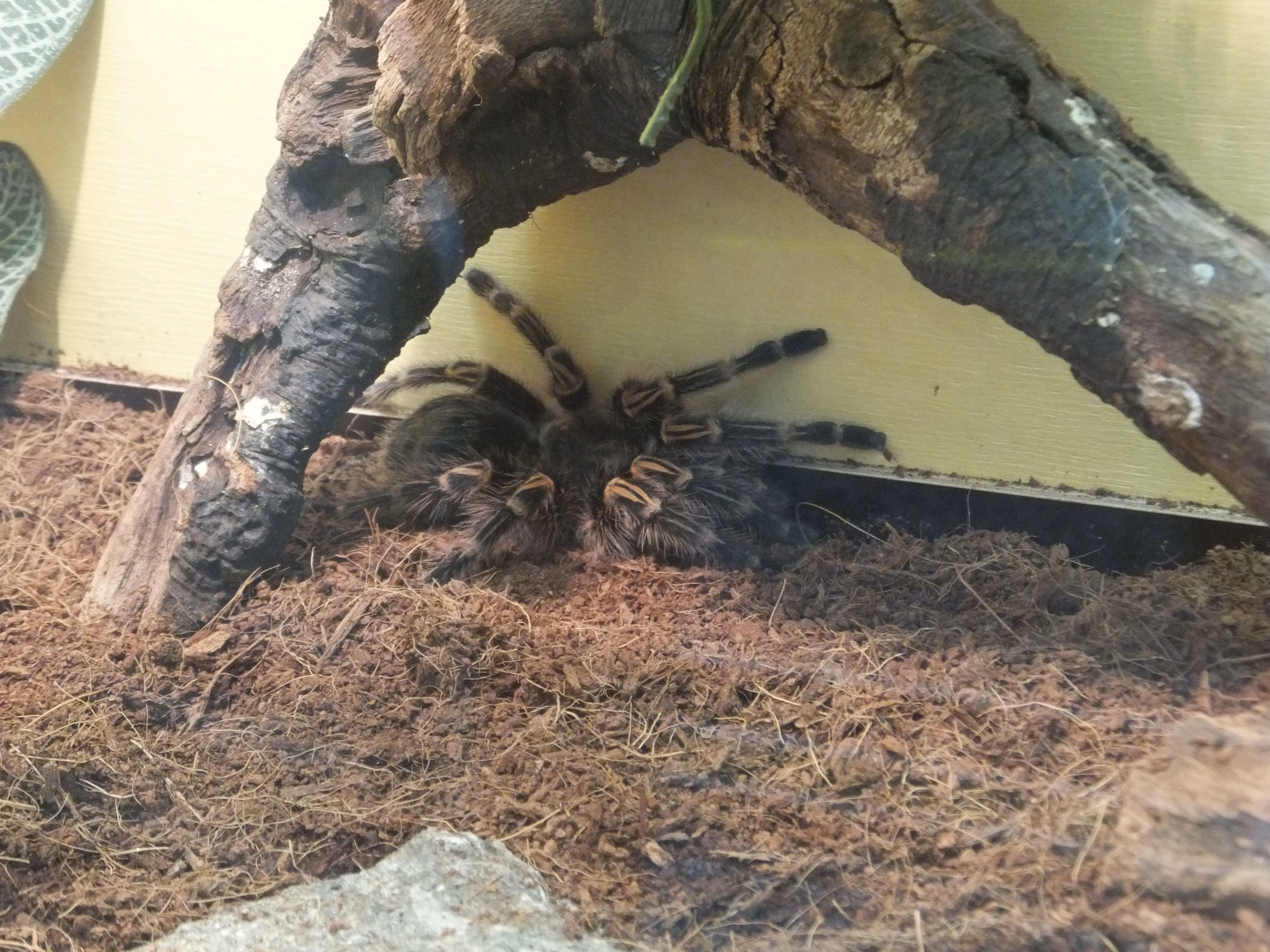Choosing a tarantula as a pet can be an exciting venture. These fascinating arachnids offer a unique pet ownership experience, but it’s crucial to choose a species that aligns with your experience level and lifestyle. Some tarantulas are more docile and easier to care for than others. This guide will introduce you to five amazing tarantula choices, detailing their care requirements, temperaments, and what makes them great pets. Whether you are a beginner or an experienced enthusiast, this guide will provide valuable insights to help you select the perfect eight-legged companion. Explore these top picks and discover the joy of owning a tarantula.
Easy-to-Care-For Tarantulas
When starting out, it’s wise to select tarantulas known for their docile nature and simple care requirements. These species are generally less prone to defensive behaviors and have more forgiving environmental needs. They are typically slower-moving and easier to handle, making them ideal for beginners. These tarantulas are often more tolerant of minor fluctuations in their habitat and can thrive with a more basic setup. Focusing on these easy-to-care-for species reduces the learning curve and increases the chances of a positive pet ownership experience. Consider factors like their temperament, venom potency, and the complexity of their care routine before making your final choice, and ensure you’re prepared for the commitment.
The Chilean Rose Hair Tarantula
The Chilean Rose Hair tarantula (Grammostola rosea) is often recommended as a beginner tarantula due to its calm temperament and hardiness. They are relatively slow-moving and typically not inclined to bite, making them less intimidating for new keepers. They are also forgiving when it comes to environmental conditions, able to tolerate a range of temperatures and humidity levels. Their simple care requirements and manageable size contribute to their popularity. These tarantulas are readily available and relatively inexpensive, making them a great entry point into the world of tarantula keeping. However, like all tarantulas, careful handling and respect are necessary.
Chilean Rose Hair Tarantula Temperament and Care
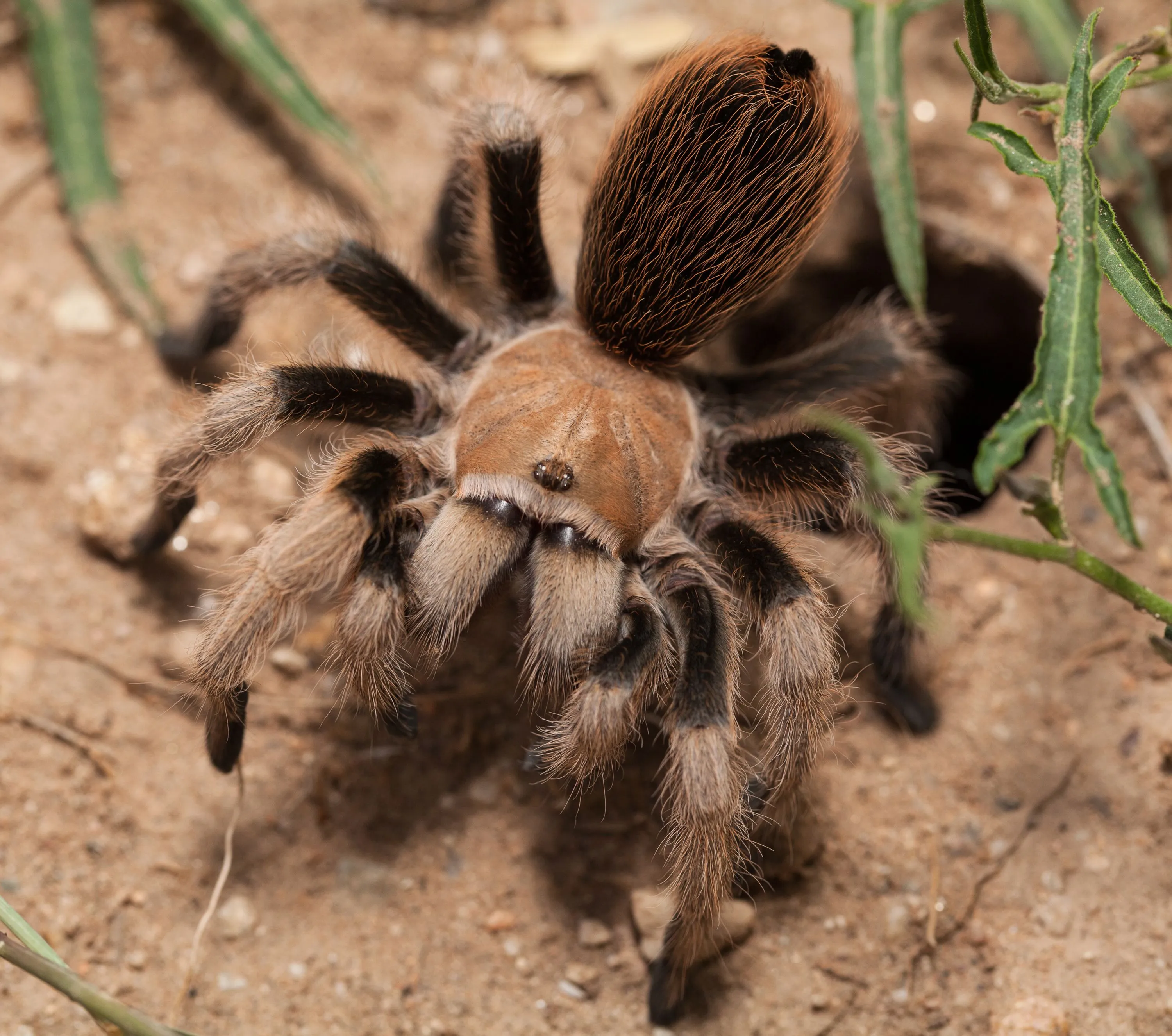
Chilean Rose Hair tarantulas are known for their docile nature, rarely exhibiting aggressive behavior unless provoked. They are generally content to stay in their enclosure, making them visually appealing pets. Their care involves providing a well-ventilated enclosure with a substrate suitable for burrowing, such as peat moss or coconut fiber. Maintaining a temperature between 70°F and 80°F (21°C and 27°C) and moderate humidity levels are essential. Feeding them appropriately sized insects, like crickets or mealworms, once or twice a week is sufficient. Provide a shallow water dish for hydration and always practice safe handling techniques.
The Mexican Red Knee Tarantula
The Mexican Red Knee tarantula (Brachypelma hamorii) is another popular choice. Famous for their vibrant red and black coloration and relatively docile temperament, they are an attractive species. They are generally slower-moving and less likely to bite, making them suitable for beginners. Mexican Red Knees can be somewhat more sensitive to environmental changes compared to the Chilean Rose Hair but are still considered hardy. They are known for their longevity, often living for over 20 years, and are relatively easy to handle. Their striking appearance and manageable care needs make them a favorite.
Mexican Red Knee Tarantula Temperament and Care
Mexican Red Knee tarantulas are generally calm and docile, but they can flick urticating hairs as a defense mechanism. Avoid direct contact with these hairs to prevent skin irritation. Their care requires a well-ventilated enclosure with a suitable substrate, such as a mix of coconut fiber and peat moss, allowing for burrowing. Maintain a temperature between 75°F and 85°F (24°C and 29°C) and moderate humidity levels. Provide a hide and a shallow water dish. Feed them appropriately sized insects, typically once or twice a week. It is vital to provide a secure enclosure to prevent escapes, as this species can be adept at climbing.
The Pinktoe Tarantula
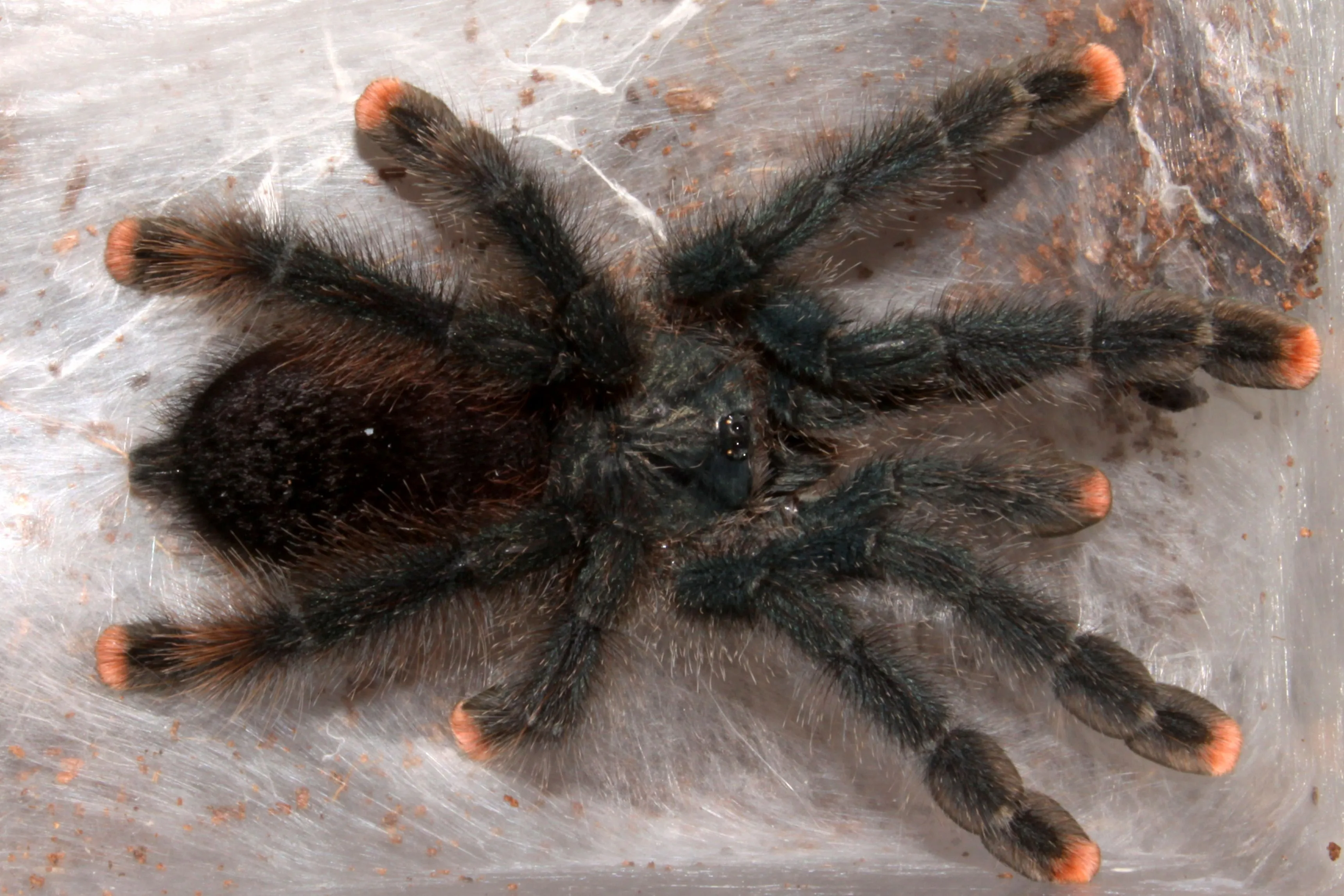
The Pinktoe tarantula (Avicularia avicularia) offers an interesting contrast to the terrestrial tarantulas. This arboreal species is known for its vibrant pink toe pads and generally peaceful disposition. They are visually striking and require a different type of setup to accommodate their arboreal lifestyle. They are generally docile and less likely to bite, preferring to flee if threatened. They are also relatively easy to care for. Due to their unique needs, it’s important to understand their specific environmental requirements and handling techniques.
Pinktoe Tarantula Temperament and Care
Pinktoe tarantulas require a vertically oriented enclosure with plenty of climbing space and foliage. They prefer a higher humidity level compared to terrestrial species, around 75% to 85%. Provide a substrate that retains moisture, such as coconut fiber. Maintain temperatures between 75°F and 80°F (24°C and 27°C). These tarantulas are sensitive to drafts and should not be handled excessively. Provide a water dish, and feed them appropriately sized insects, typically once or twice a week. Their arboreal nature means they need a secure enclosure, as they are prone to climbing and can escape if given the opportunity. Regularly mist the enclosure.
The Curly Hair Tarantula
The Curly Hair tarantula (Tliltocatl albopilosus) is another excellent choice for beginners due to its docile nature and hardiness. This species is known for its distinctive brown and curly hairs. They are generally slow-moving and rarely bite, making them safe for handling. They are tolerant of a wide range of environmental conditions, making them adaptable pets. Their relatively low care requirements and manageable size make them a favorite. They are easy to acquire, and their gentle nature and interesting appearance add to their appeal. They are often recommended as a first tarantula.
Curly Hair Tarantula Temperament and Care
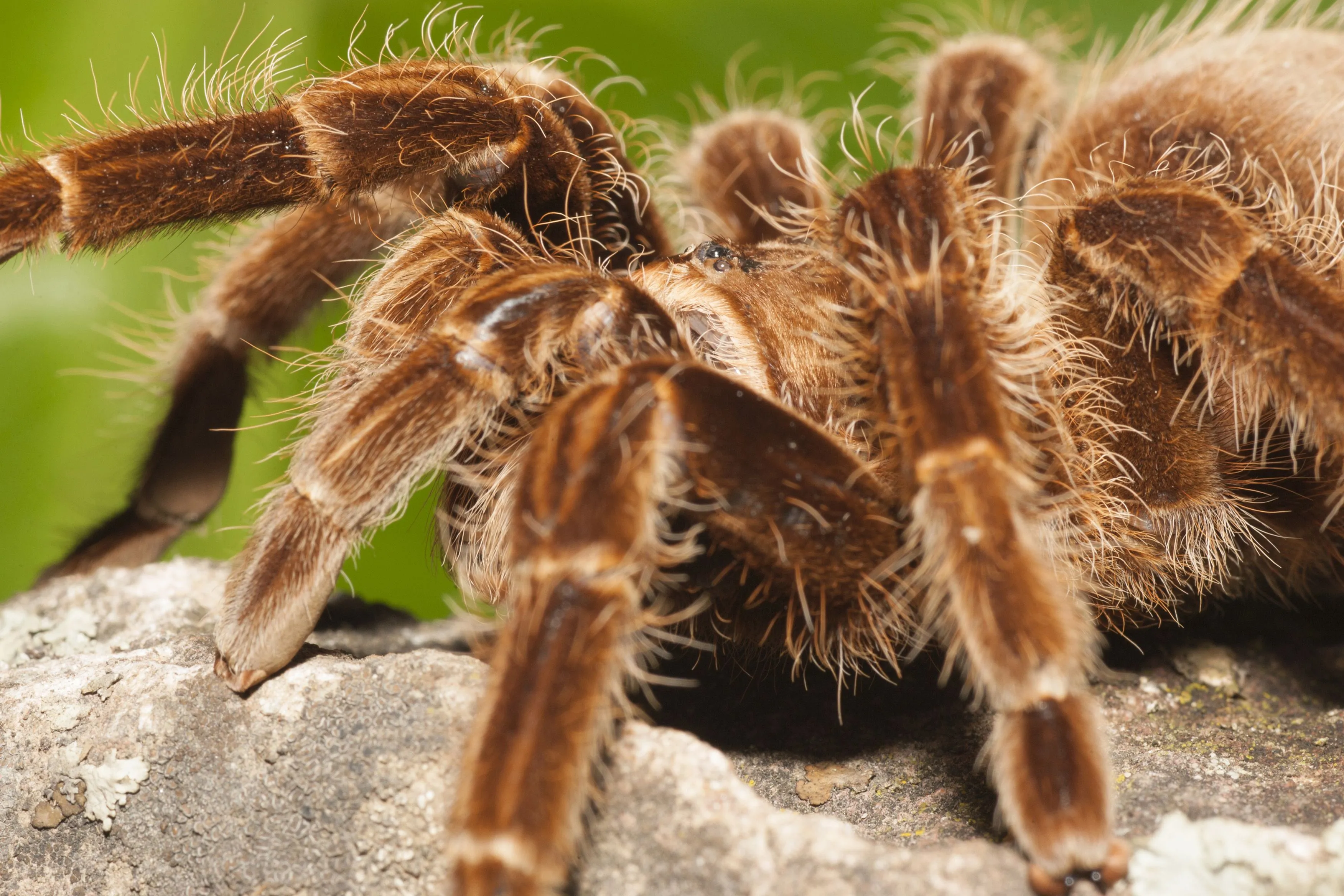
Curly Hair tarantulas are known for their calm temperament and are typically docile, although, like any tarantula, they can flick urticating hairs if they feel threatened. Provide a well-ventilated enclosure with a substrate like peat moss or coconut fiber. Maintain temperatures between 70°F and 80°F (21°C and 27°C) and moderate humidity levels. Offer a hide and a shallow water dish. Feed them appropriately sized insects, such as crickets or mealworms, once or twice a week. They are burrowing species, so provide a substrate depth that accommodates this natural behavior. Avoid excessive handling and respect their space to avoid stress.
The Cobalt Blue Tarantula
The Cobalt Blue tarantula (Cyriopagopus lividus) is a striking species known for its vibrant blue coloration. While they are visually stunning, it’s essential to understand that this species is not recommended for beginners. They are generally more defensive and prone to biting. Their care requirements can also be more demanding than some other species. They are best suited for those with prior experience handling tarantulas. Although their appearance is captivating, caution and expertise are necessary when considering this species as a pet.
Cobalt Blue Tarantula Temperament and Care
Cobalt Blue tarantulas are known for their defensive nature and are more prone to biting than other species. They are fast-moving and can be unpredictable. These tarantulas require a well-ventilated enclosure with a substrate that retains moisture, like coconut fiber. Maintain temperatures between 75°F and 85°F (24°C and 29°C) and higher humidity levels. Offer a hide and a water dish. Feed them appropriately sized insects, typically once or twice a week. These tarantulas are not ideal for handling. Their care requires a more experienced handler due to their speed and defensive behavior. Avoid direct contact and use tools to maintain the enclosure.
Essential Pet Tarantula Care Tips
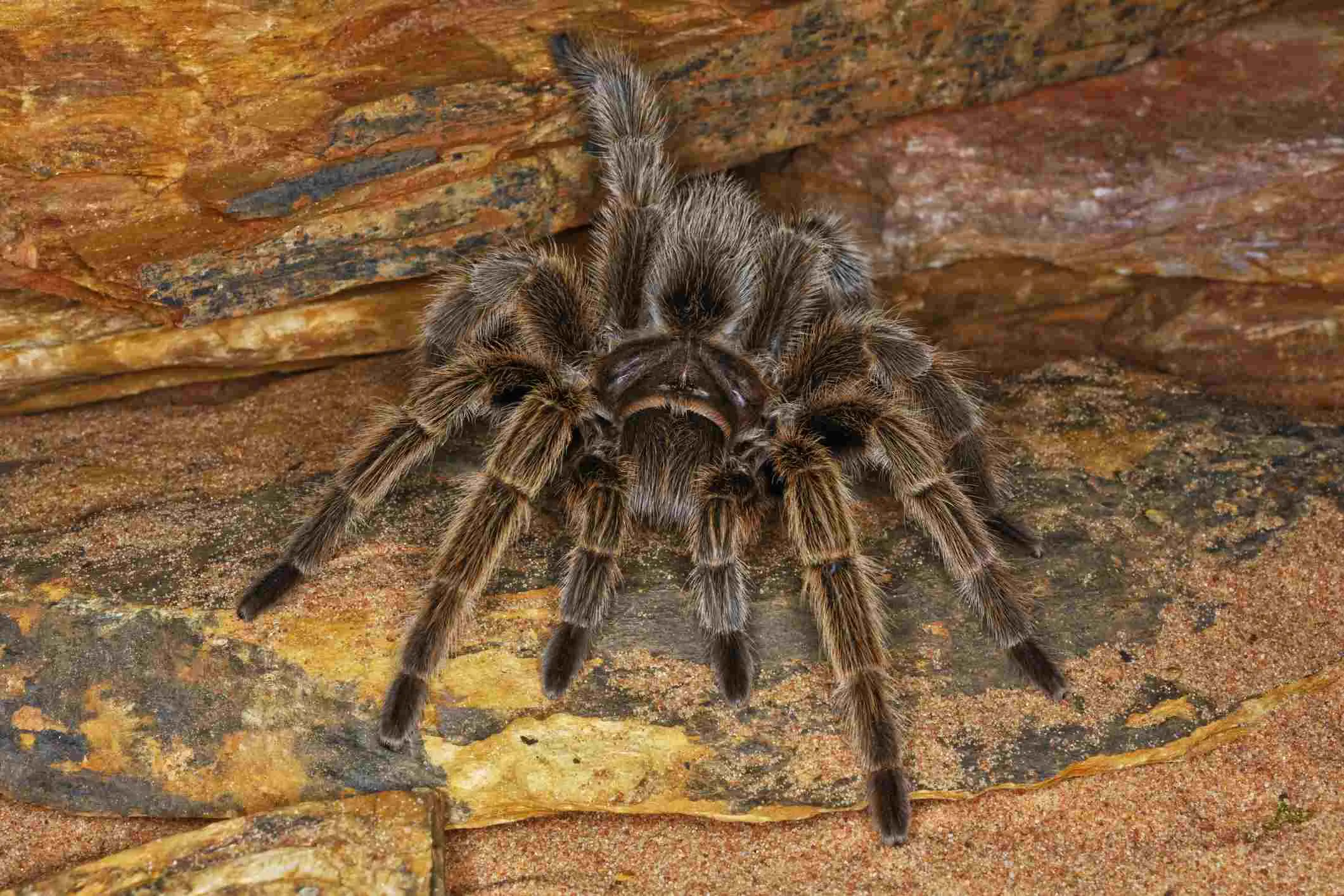
Proper care is essential for the well-being of your tarantula. Understanding the specific needs of your species is crucial for their health and longevity. Regular observation of your pet and its enclosure will help you identify any issues early on. This includes monitoring humidity, temperature, and ensuring the enclosure is clean and secure. Feeding your tarantula a balanced diet and providing clean water are also vital. Always research the specific requirements of your chosen species. Learn about their natural habitat and the best practices for their care. This thorough preparation is the foundation of responsible tarantula ownership.
Creating the Perfect Habitat
Creating the right habitat is fundamental to your tarantula’s well-being. The enclosure should be appropriately sized for the species, allowing space for movement and burrowing or climbing. Use a secure enclosure with a screen top to ensure adequate ventilation. Select a suitable substrate, such as coconut fiber, peat moss, or a combination, depending on the species’ needs. Add hides, such as cork bark or artificial plants, to provide a secure place for your tarantula to retreat. Maintain the correct temperature and humidity levels using a thermometer and hygrometer. Make sure the enclosure is clean to prevent mold and maintain its hygiene. Consider the natural habitat of your tarantula and replicate it to the best of your ability.
Feeding Your Tarantula
Proper feeding is crucial for tarantula health. Feed your tarantula appropriately sized insects, such as crickets, mealworms, or roaches, depending on their size. Feed juveniles more frequently, typically once or twice a week, while adults can be fed every one to two weeks. Remove any uneaten food within 24 hours to prevent mold growth. Always provide a shallow water dish with fresh, clean water for hydration. The amount of food will vary depending on the species and age of the tarantula. It is also important to note that tarantulas can go for extended periods without food. Ensure they are eating and drinking properly.
Handling Your Tarantula
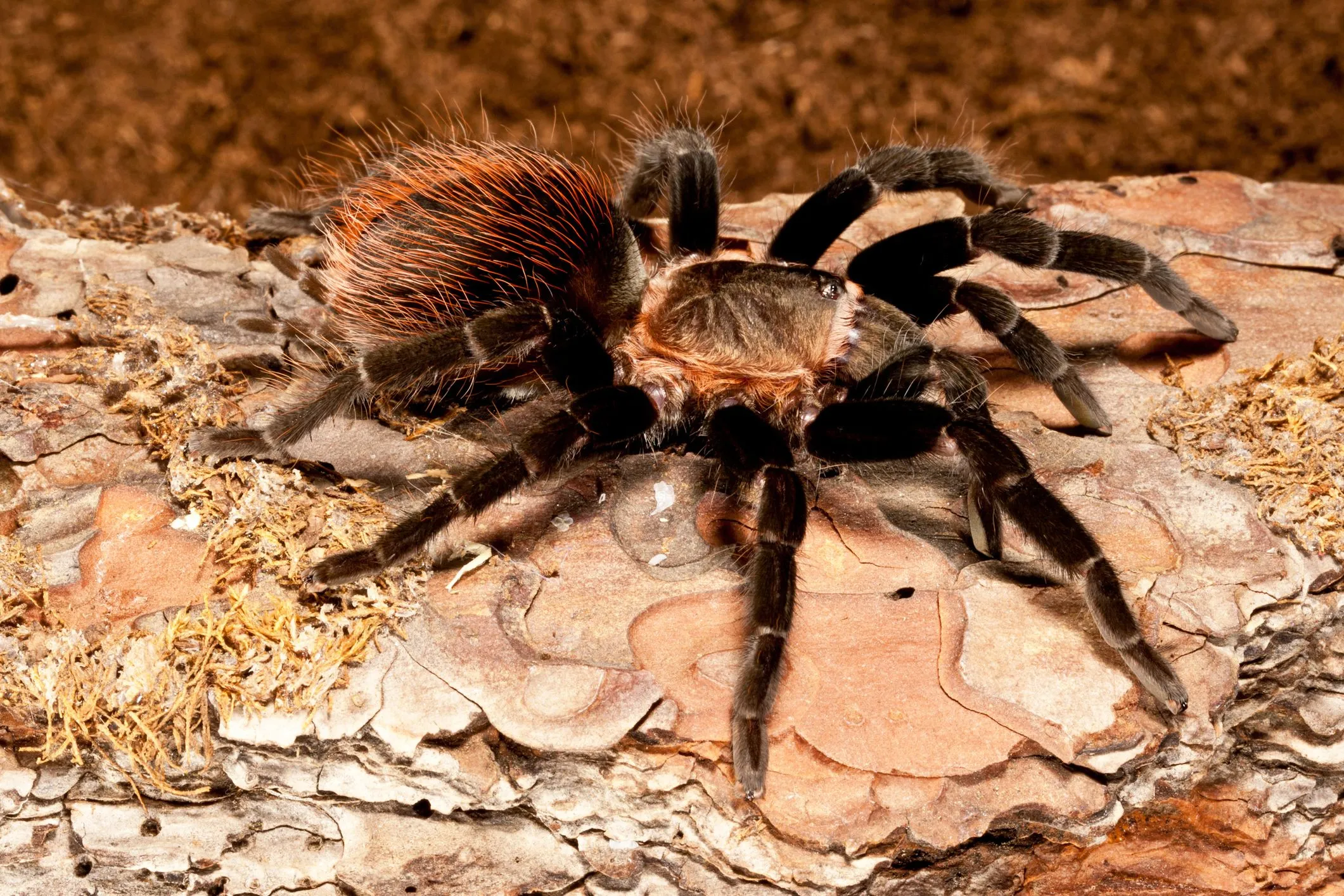
Handle your tarantula with caution, if at all. While some species are more docile, all tarantulas have the potential to bite. Avoid handling your tarantula unless necessary, such as to clean the enclosure or for health checks. If you must handle it, do so slowly and gently. Allow the tarantula to walk onto your hand, rather than grabbing it. Never drop your tarantula. Be aware of the tarantula’s behavior and body language. If it shows any signs of stress or defensiveness, such as raising its front legs or flicking hairs, put it back in its enclosure immediately. Always handle them over a soft surface, in case of a fall. Practice these safety measures for both your and your tarantula’s safety.
Tarantula Health and Common Issues
Being aware of potential health issues and how to address them is essential for any tarantula keeper. Regular observation of your tarantula’s behavior, eating habits, and appearance can help you identify any problems early on. Environmental factors, such as improper temperature or humidity, can cause health issues. Recognizing common signs of illness, such as lethargy, loss of appetite, or changes in behavior, is crucial for providing the necessary care. It is also important to take steps to prevent common issues. Consult with a veterinarian experienced in exotic animals if you suspect any serious health concerns.
Recognizing Signs of Illness
Several signs may indicate that your tarantula is unwell. A loss of appetite or a refusal to eat can be a symptom. Lethargy or unusual inactivity can also be a warning sign. Changes in the tarantula’s appearance, such as a shrunken abdomen or discoloration, may indicate a problem. Difficulty molting or an incomplete molt is another sign that needs attention. If you notice any of these symptoms, isolate the tarantula and assess the environment to ensure it is suitable for the species. Seek advice from a veterinarian or experienced tarantula keeper if the problem persists.
Preventing Health Problems
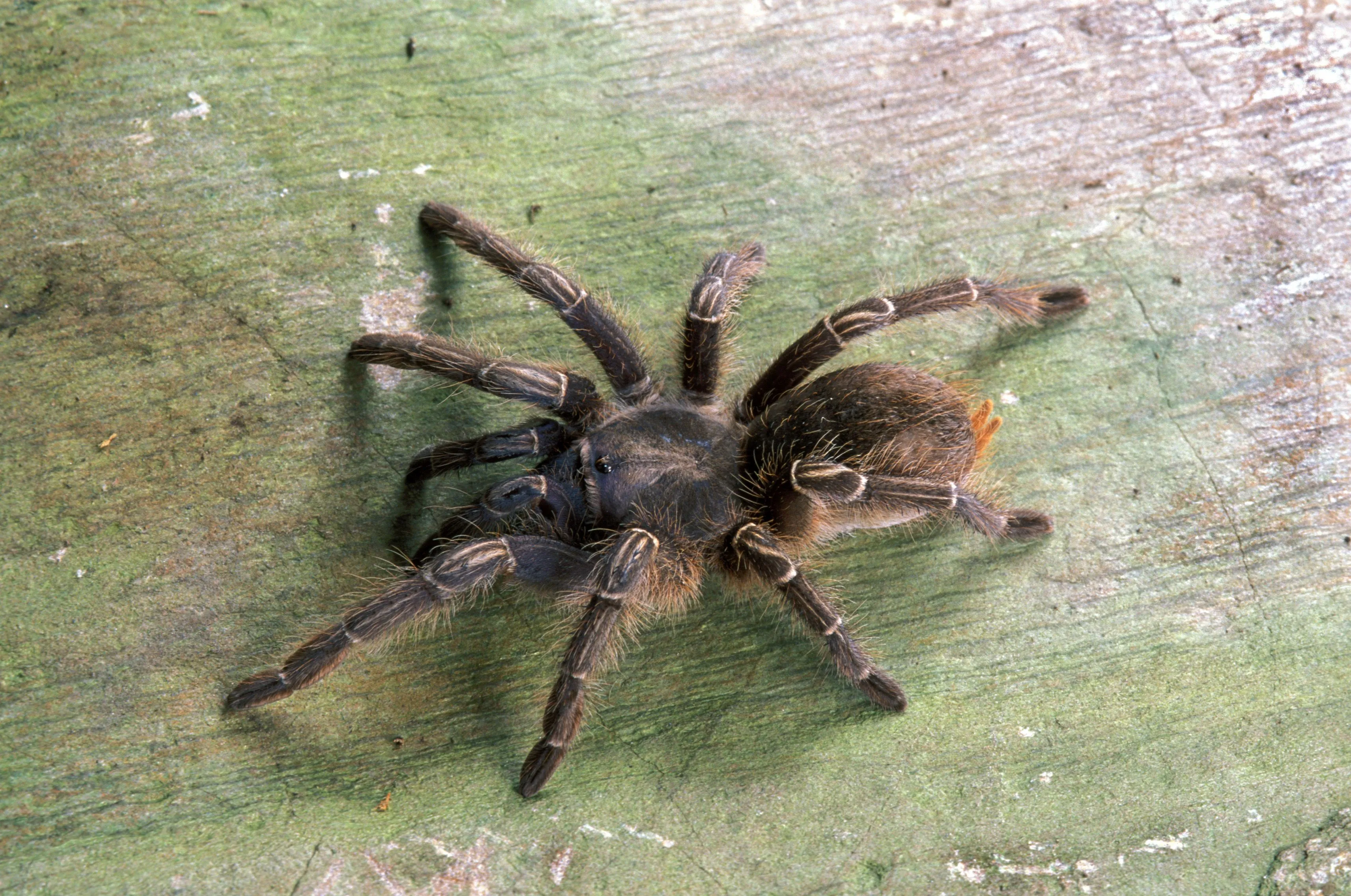
Preventing health problems begins with proper care and maintenance. Maintaining the correct temperature and humidity levels is critical for your tarantula’s health. Providing a clean and spacious enclosure, free of any harmful chemicals, helps to prevent illness. Feeding a balanced diet and offering clean water is vital. Ensure the substrate is changed regularly to prevent mold and bacterial growth. Quarantine any new tarantulas before introducing them to an existing collection. By following these preventative measures, you increase the chance of your tarantula living a long and healthy life. Always handle with care and ensure all enclosures are secure.
Conclusion
Choosing the right tarantula makes all the difference in the pet ownership experience. The Chilean Rose Hair, Mexican Red Knee, Pinktoe, and Curly Hair tarantulas are excellent options. Always remember to research the specific needs of your tarantula. By selecting a species that matches your experience level and lifestyle and providing appropriate care, you can enjoy the unique companionship of these amazing creatures. Proper care, including a suitable habitat, proper feeding, and cautious handling, is crucial for their well-being. Enjoy the fascinating world of tarantulas and the rewarding experience of being a responsible owner.
